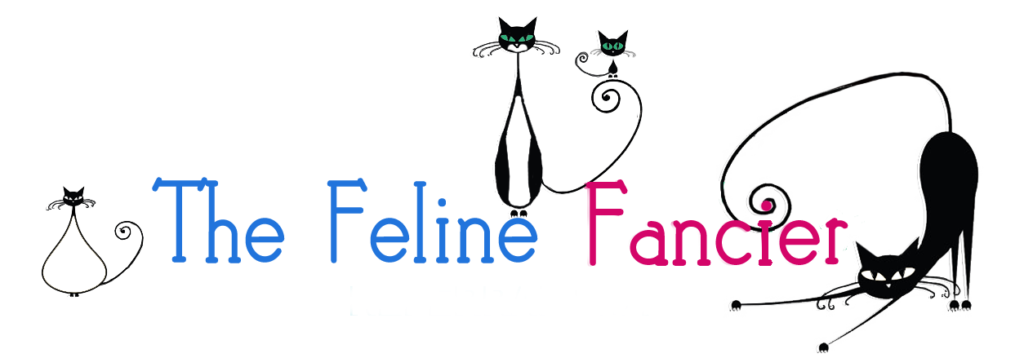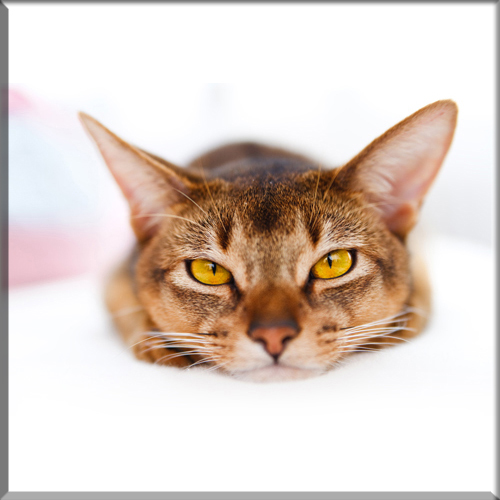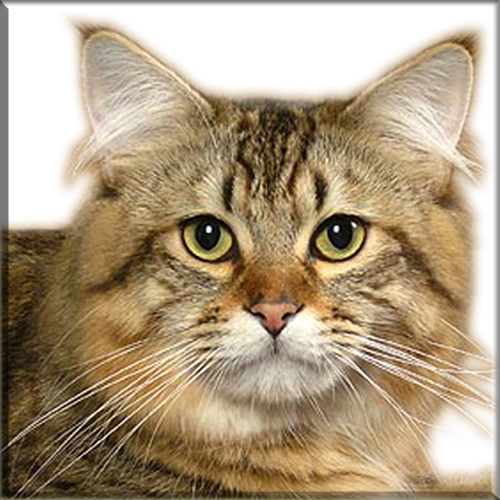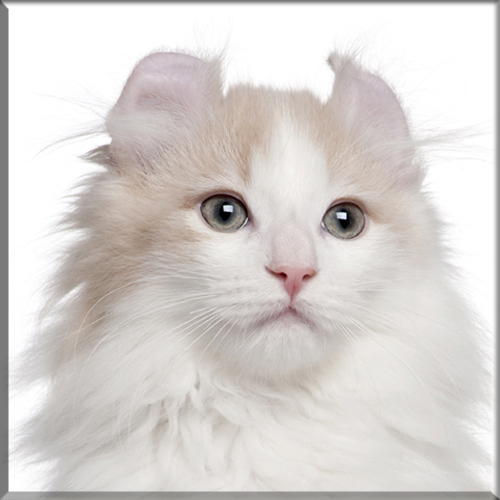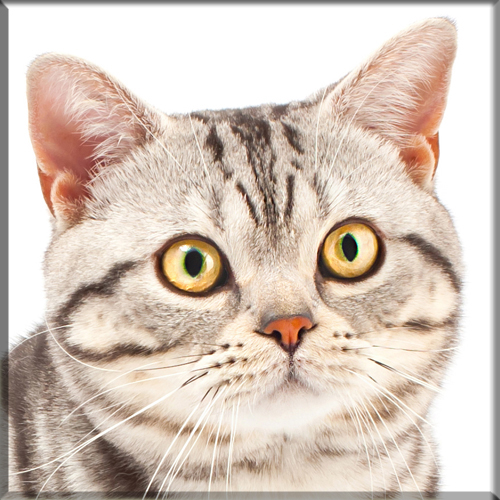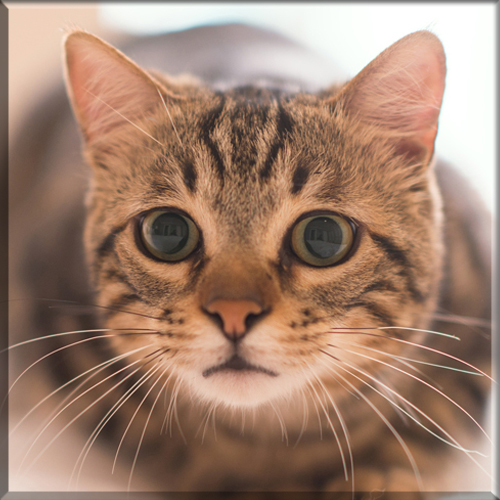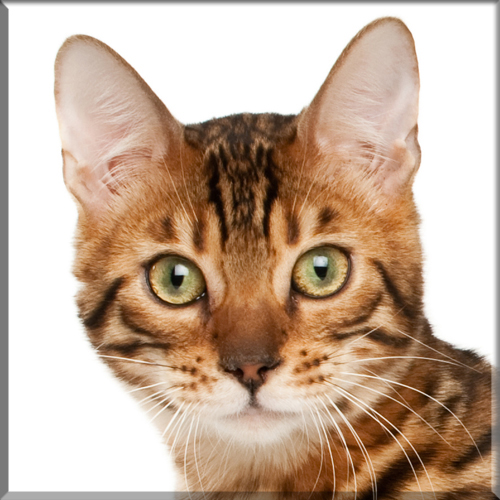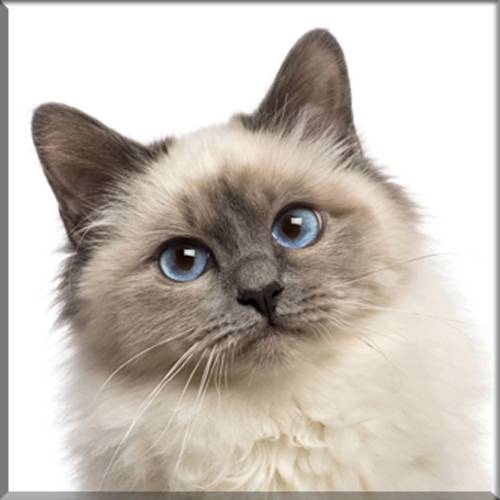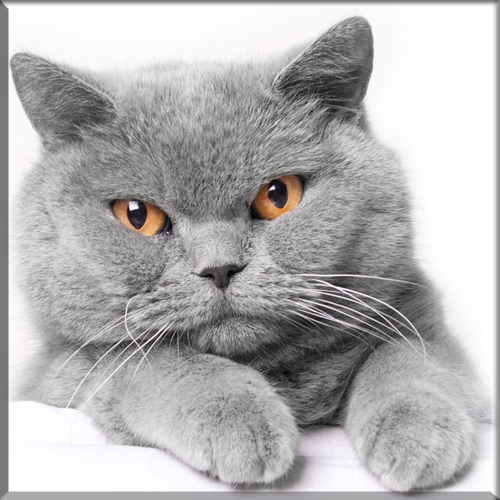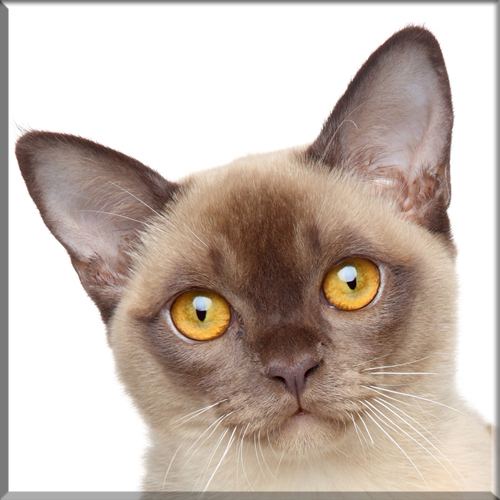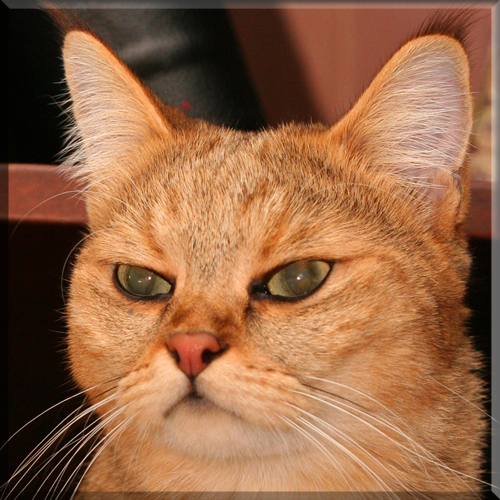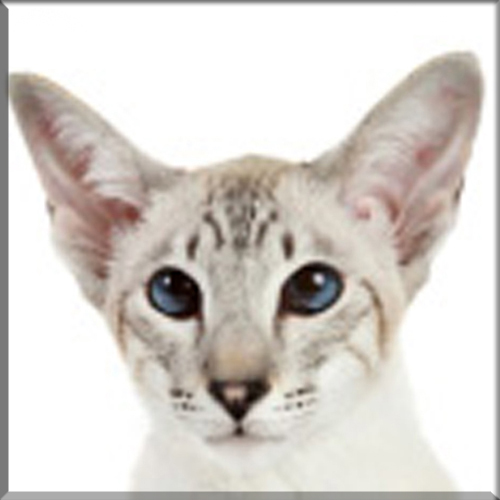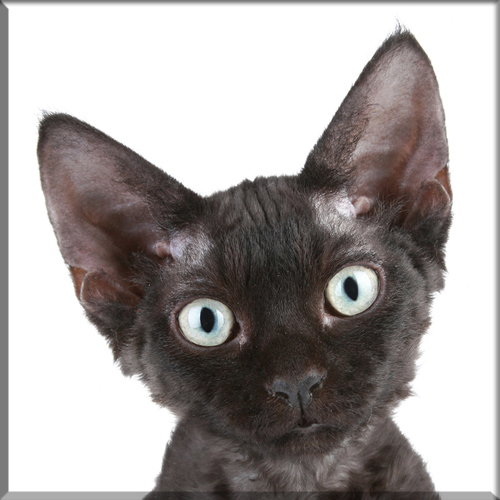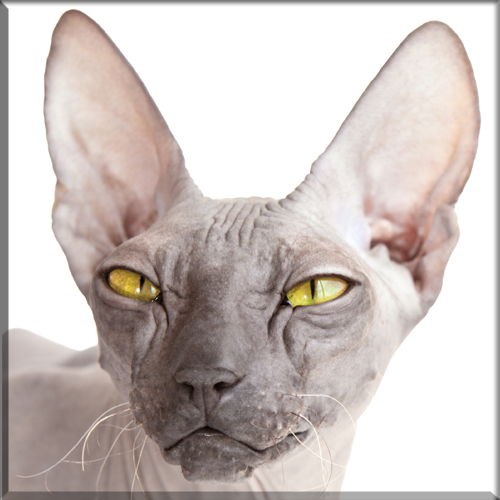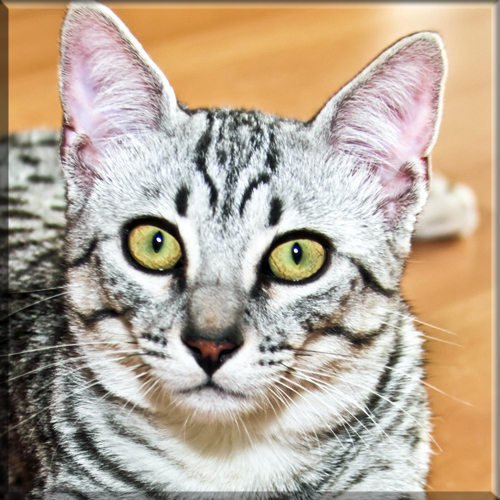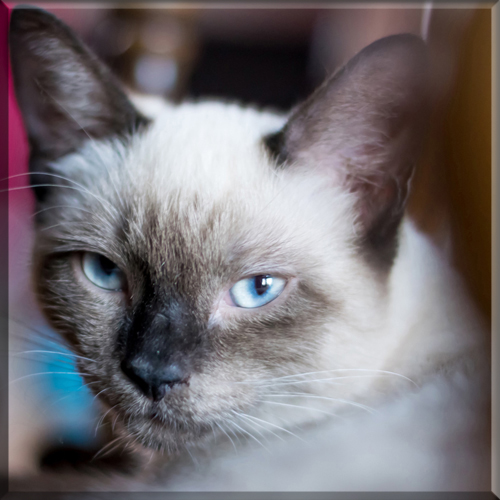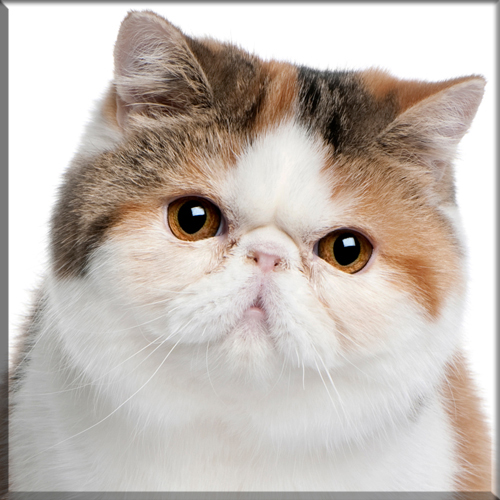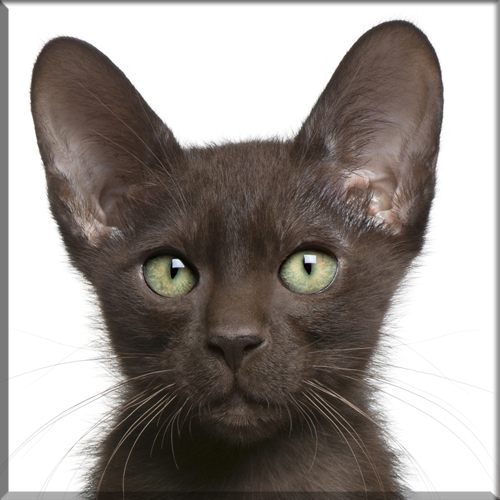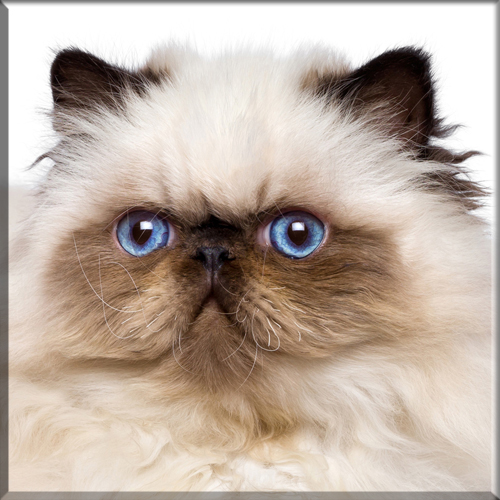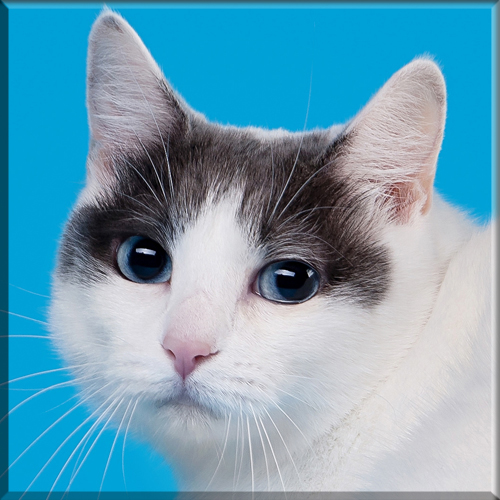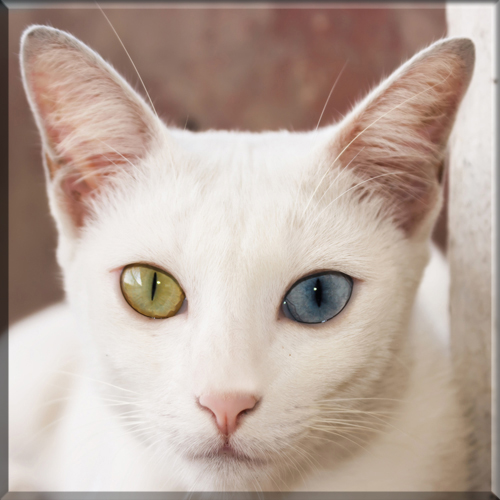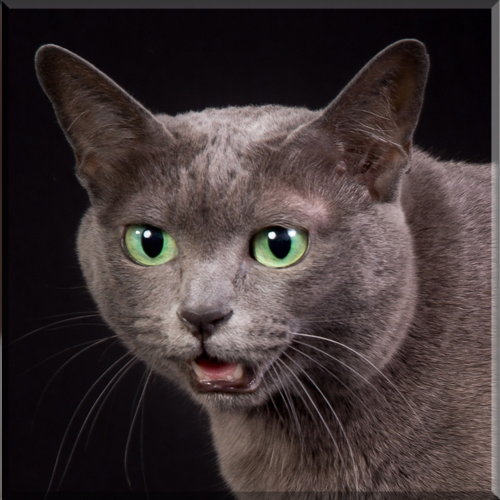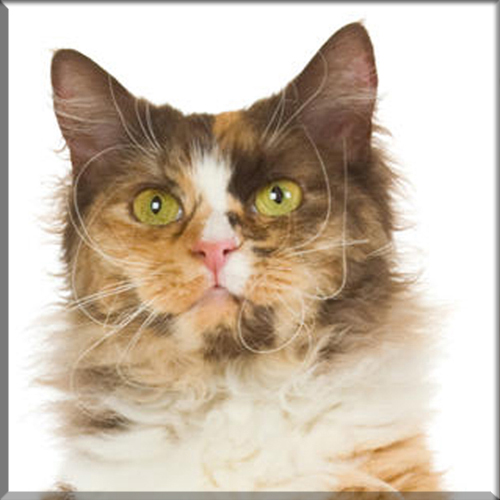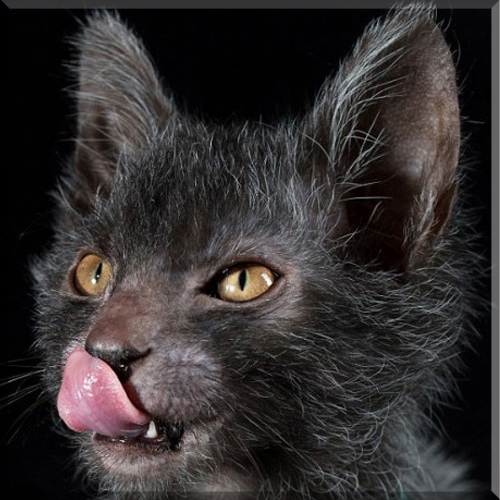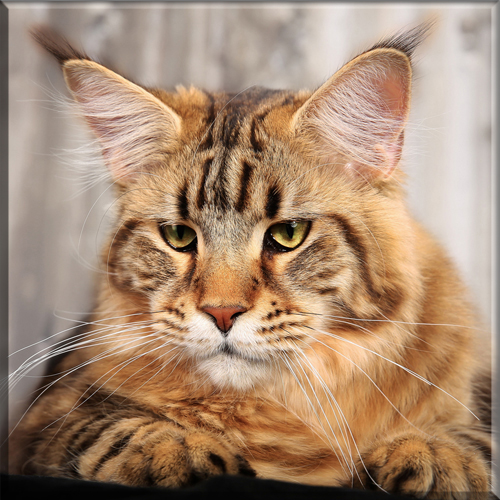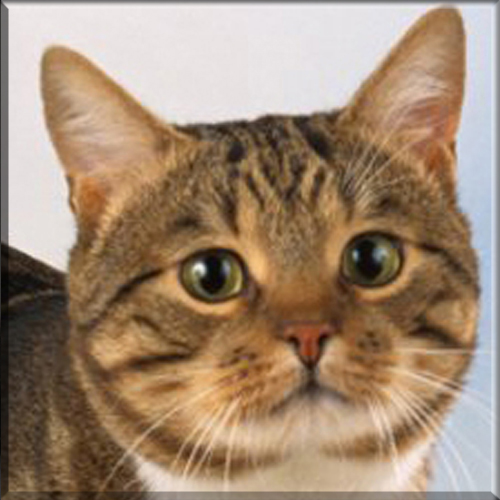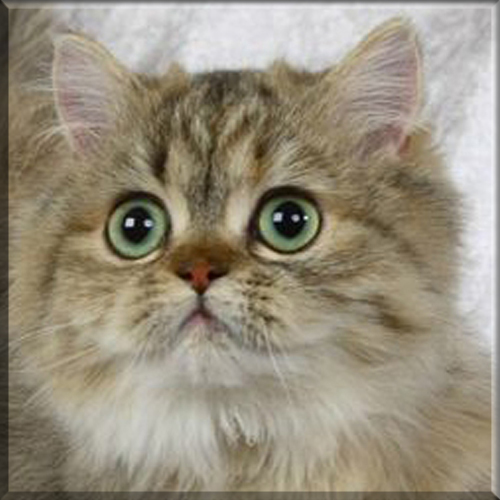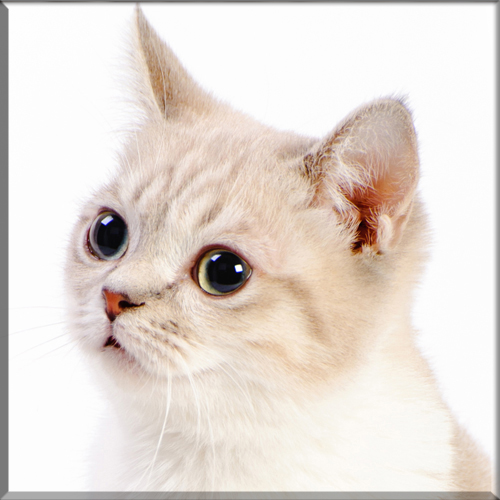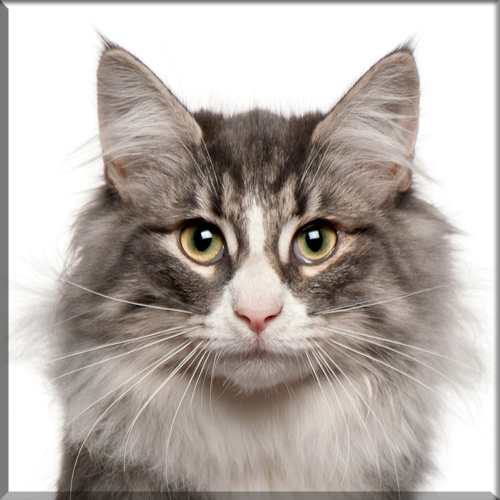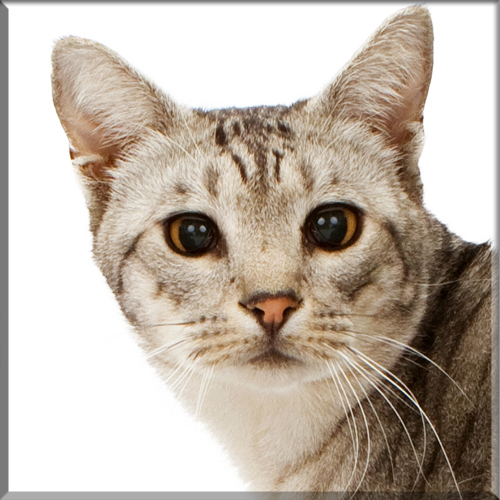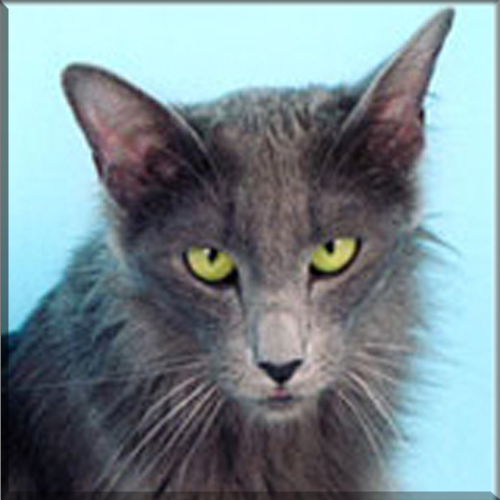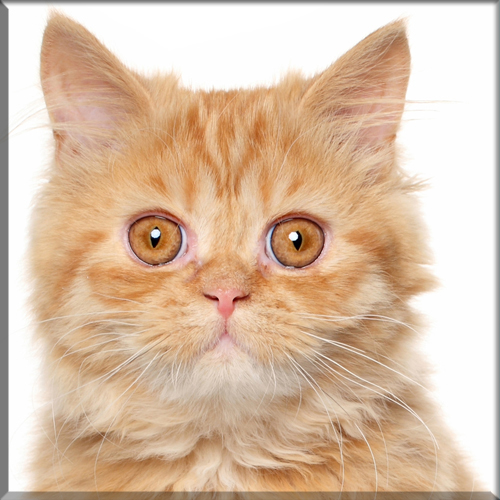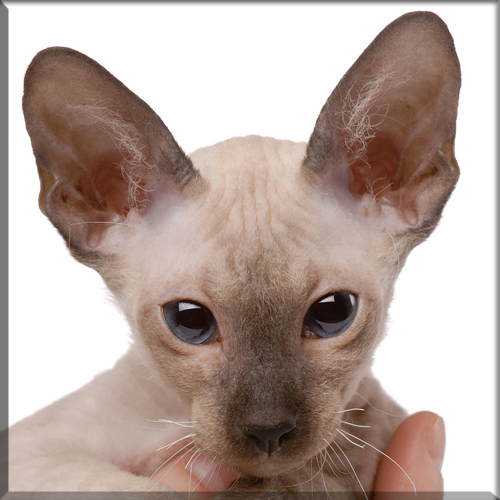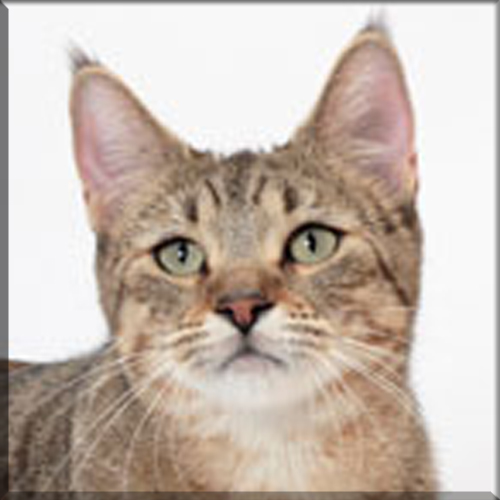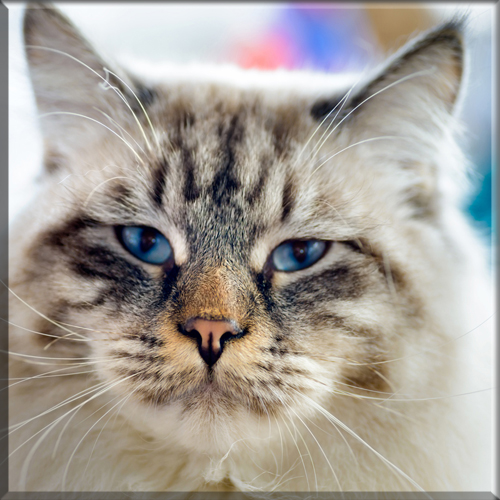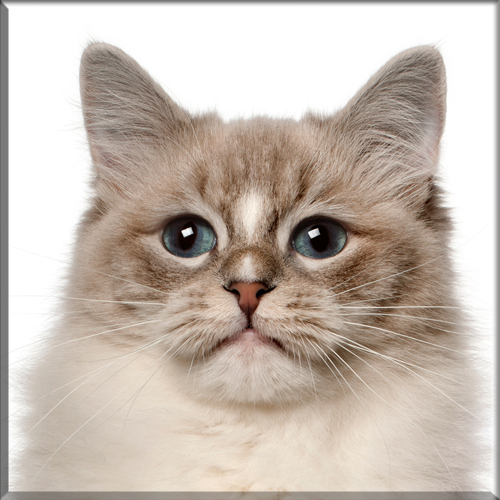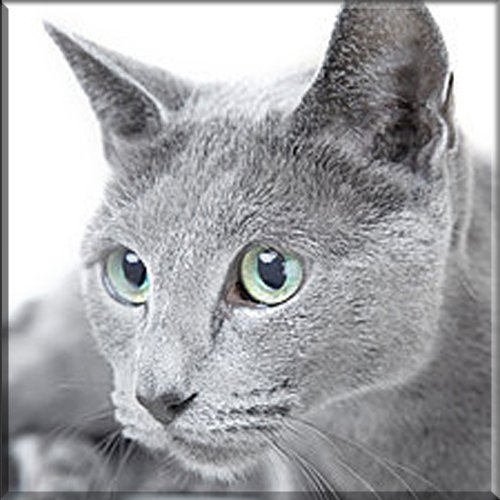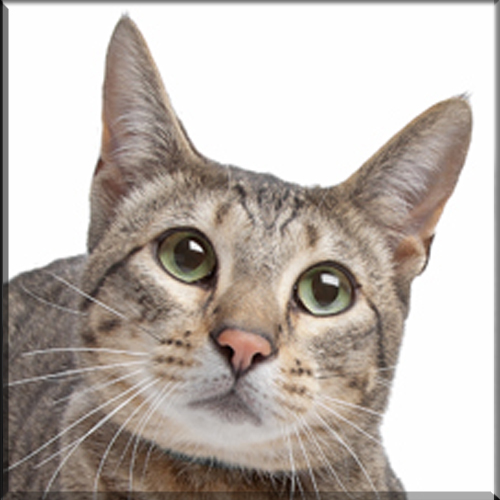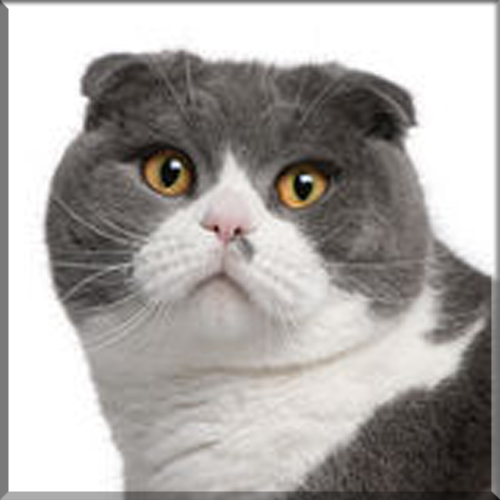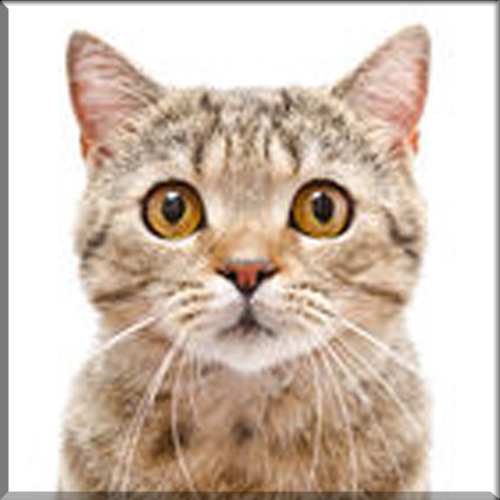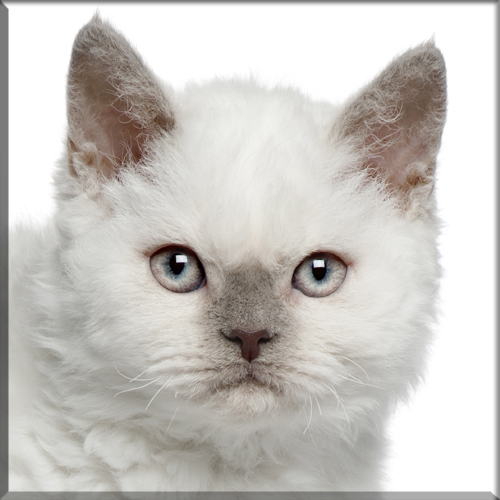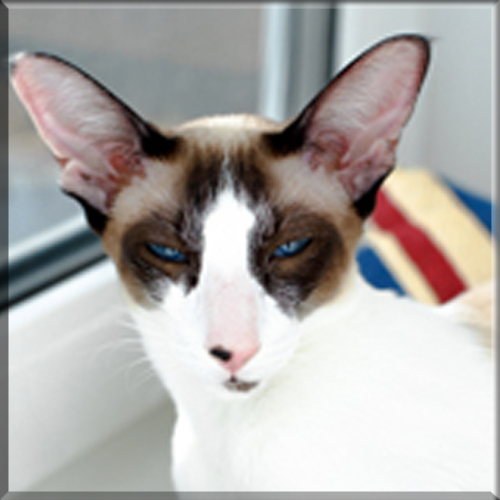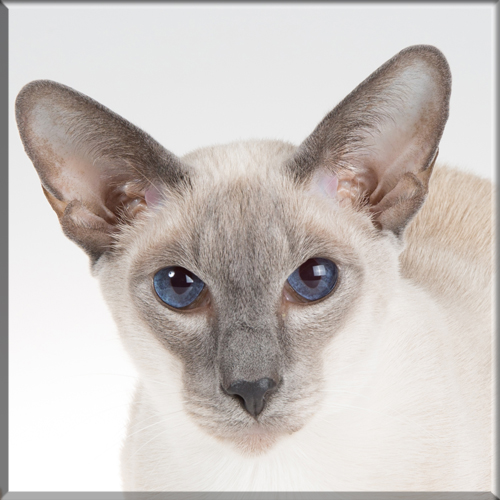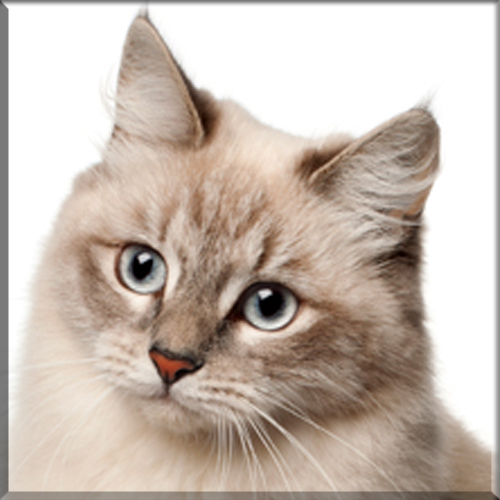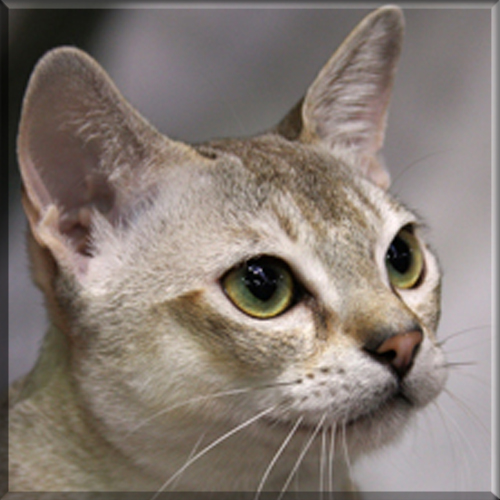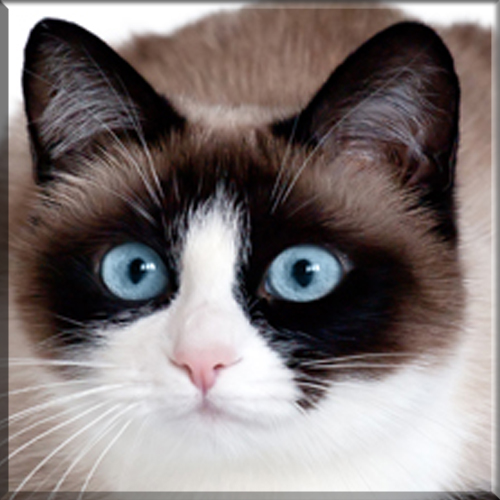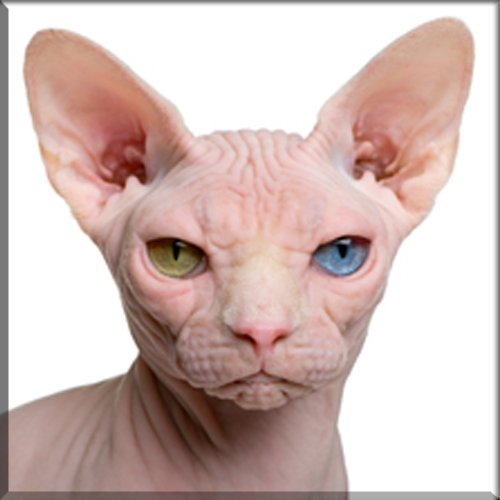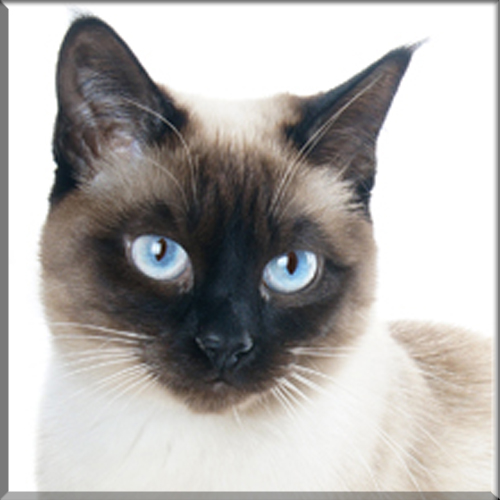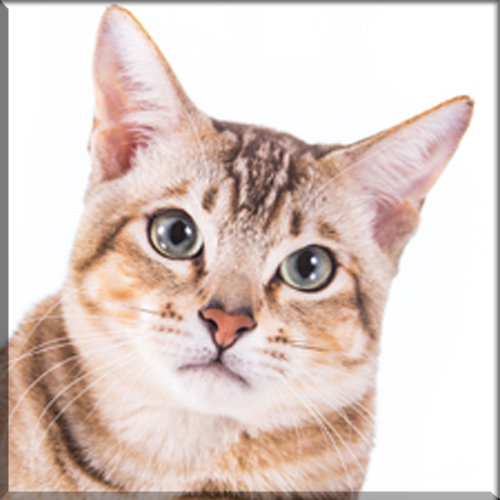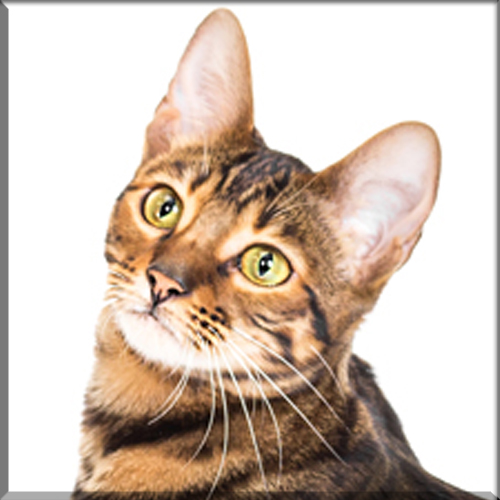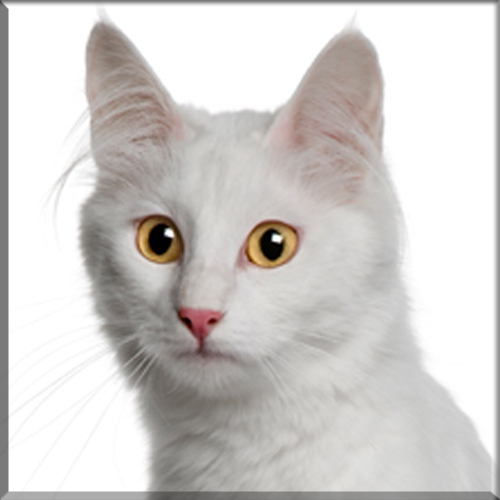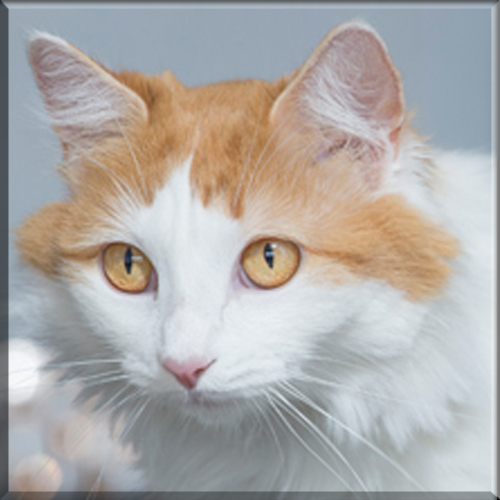Munchkin

Appearance and features:
The Munchkin, is recognized as a miniaturized breed. They have shortened legs which do not seem to effect their ability to jump or run fast. The hind legs can be slightly longer than the front which creates a slight rise from the shoulder to the rump. The legs of the Munchkin may be slightly bowed, though it does not seem to effect the spine. Breed standard includes a long body, walnut-shaped eyes, oval head shape, shorter muzzle and triangular ears.
Size:
This is a small to medium-size cat weighing 4 to 9 pounds.
Family:
Though originally its on natural mutation of the breed, the Munchkin has been crossed with the curly-coated LaPerm, the hairless Sphynx , the Selkirk Rex, the Persian breed group(which includes Himalayans and Exotic Shorthair) to create the Napoleon, the American Curl, the Scottish Fold, and also with the Bengal.
Coloring:
The Munchkin cat comes in any coat color.
Origin:
In 1983, Sandra Hochenedel, a music teacher in Rayville, Louisiana, found two pregnant cats who had been chased under a truck by a dog. She kept one of the cats and named her Blackberry and half of her kittens were born short-legged. Hochenedel gave a short-legged male kitten from one of Blackberry’s litters to a friend, Kay LaFrance of Monroe, Louisiana, and she named the kitten Toulouse. It is from Blackberry and Toulouse’s litter that today’s Munchkin breed is descended. Toulouse was an un-neutered cat with outdoor access and after some time a population of stray short-legged cats started to form. The Munchkin cat was first introduced to the general public in 1991 via a national network televised cat show held by The International Cat Association (TICA) in Madison Square Garden.
Temperament:
Abyssinians are not a cat that likes to lay around. They have a high need to play and get constant attention. One of the few cat breeds that desires human interaction. They are said to develop a dog-like attachment to they’re owner.
Health concerns:
Although the genetic mutation causing the short-legged trait in Munchkins has been referred to as achondroplasia, achondroplasia is typically associated with an enlarged head as well as short legs. This combination of features is not seen in Munchkin cats. The condition has sometimes been referred to as hypochondroplasia or pseudoachondroplasia. Small litter sizes when two munchkin cats are crossed indicate that embryos that are homozygous for the munchkin gene are non-viable.
While there were early speculations that the Munchkin will develop spinal problems commonly seen in short-legged dog breeds, in 1995 several breeders had their oldest Munchkins X-rayed and examined for signs of joint or bone problems and found none.However, there appear to be two conditions with increased incidence in the breed: lordosis (excessive curvature of the spine) and pectus excavatum (hollowed chest). Both conditions are commonly seen in humans with pseudoachondroplasia.
Breed Characteristics
Here is a helpful guide for the different characteristics of the breed. On a Scale of 1-5. 1 being very low level to 5 being high level.
Hypoallergenic: No

Breeders With Currently Available Kittens
All The Cat Breeds
- Abyssinian
- American Bobtail
- American Curl
- American Shorthair
- American Wirehair
- Balinese
- Bengal
- Birman
- Bombay
- British Shorthair
- Burmese
- Burmillia
- Charteux
- Chausie
- Colorpoint Shorthair
- Cornish Rex
- Devon Rex
- Donskoy
- Egyption Mau
- European Burmese
- Exotic
- Havana Brown
- Highlander
- Himalayan
- Japanese Bobtail
- Khao Manee
- Korat
- LaPerm
- Lykoi
- Maine Coon
- Manx
- Minuet / Napolean
- Munchkin
- Norwegian Forest Cat
- Ocicat
- Oriental Longhair
- Oriental Shorthair
- Persian
- Peterbald
- Pixie Bob
- Ragamuffin
- Ragdoll
- Russian Blue
- Savannah
- Scottish Fold
- Scottish Straight
- Selkirk Rex
- Seychellois
- Siamese
- Siberian
- Singapora
- Snowshoe
- Somali
- Sphynx
- Thai
- Tonkinese
- Toyger
- Turkish Angora
- Turkish Van
